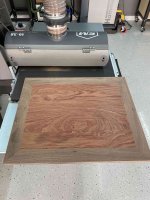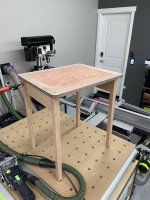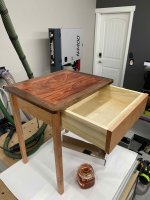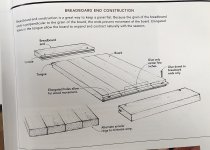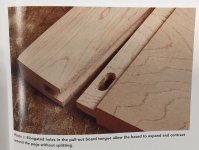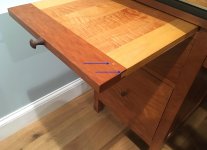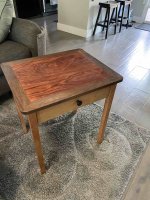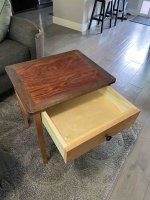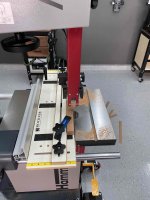Hey Matt, kudos for sharing the work, a couple of notes and responses below.
One way to think of it: imagine a block of wood, removed from a tree, as a bundle of straws. In the tree, the straws in the sapwood move the water from roots to leaves. When converted to lumber, the wood retains its essential structure, it is still a bundle of straws. Straws are relatively easy to compress, crush, or stretch. They are exceedingly difficult to stretch along their length.
Very good practice and case study, and nice to do because it relies on affordable materials.mattbyington said:[member=167]neilc[/member] that sounds like a great idea and [member=69760]Lincoln[/member] thank you for offering suggestions on what to do better.
one of these days I want to build identical furniture - one solid and one with a veneered manufactured substrate (MDF or ply) and see how they differ. I think that would be a really cool visual to show beginner woodworkers like myself to learn easier.
I recently learned that wood moves *across* the grain but not *along* the grain - like it won't get "longer" but it will expand and contract from a width perspective. Super interesting to me. I didn't know that until recently.
One way to think of it: imagine a block of wood, removed from a tree, as a bundle of straws. In the tree, the straws in the sapwood move the water from roots to leaves. When converted to lumber, the wood retains its essential structure, it is still a bundle of straws. Straws are relatively easy to compress, crush, or stretch. They are exceedingly difficult to stretch along their length.

